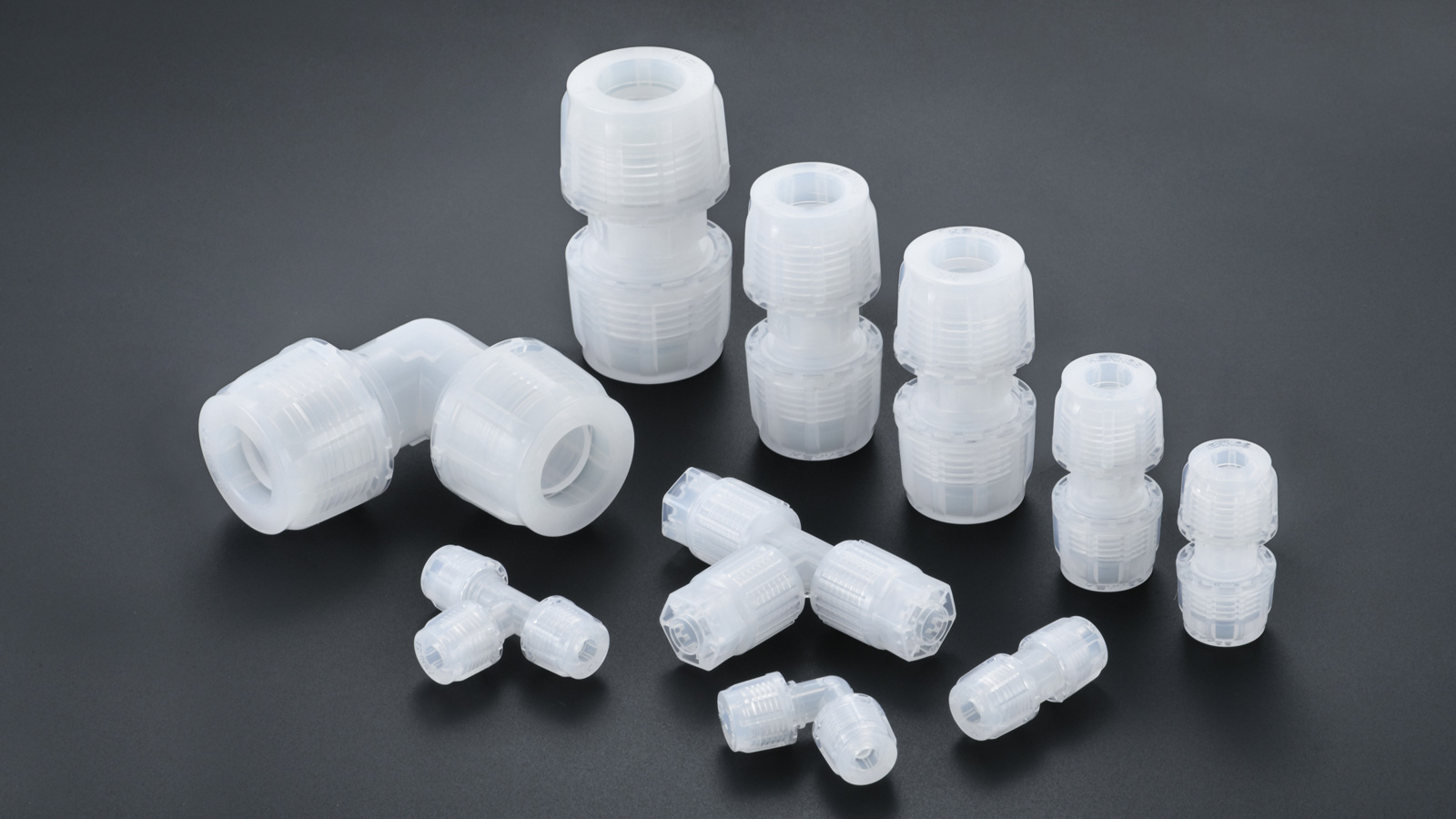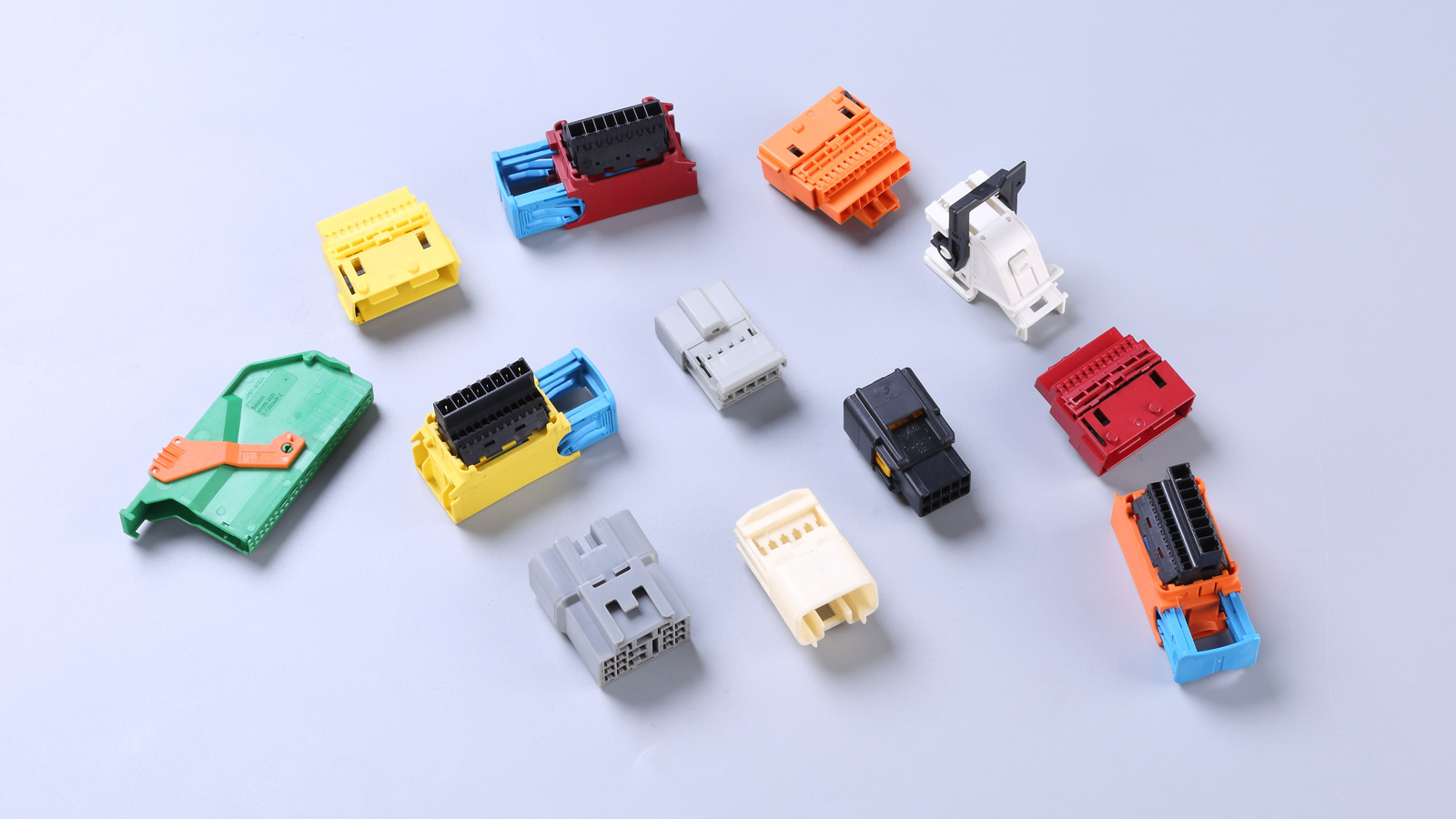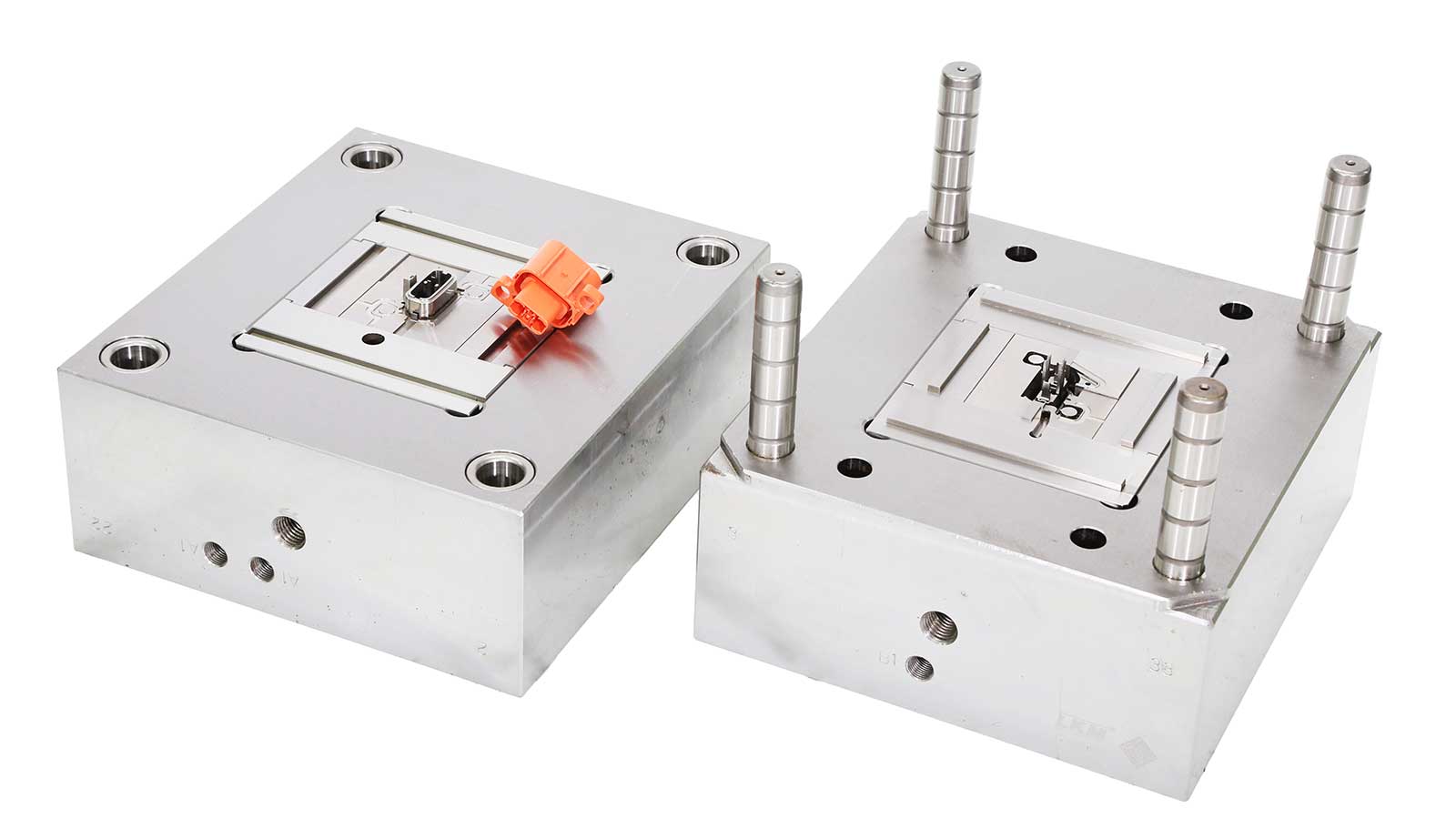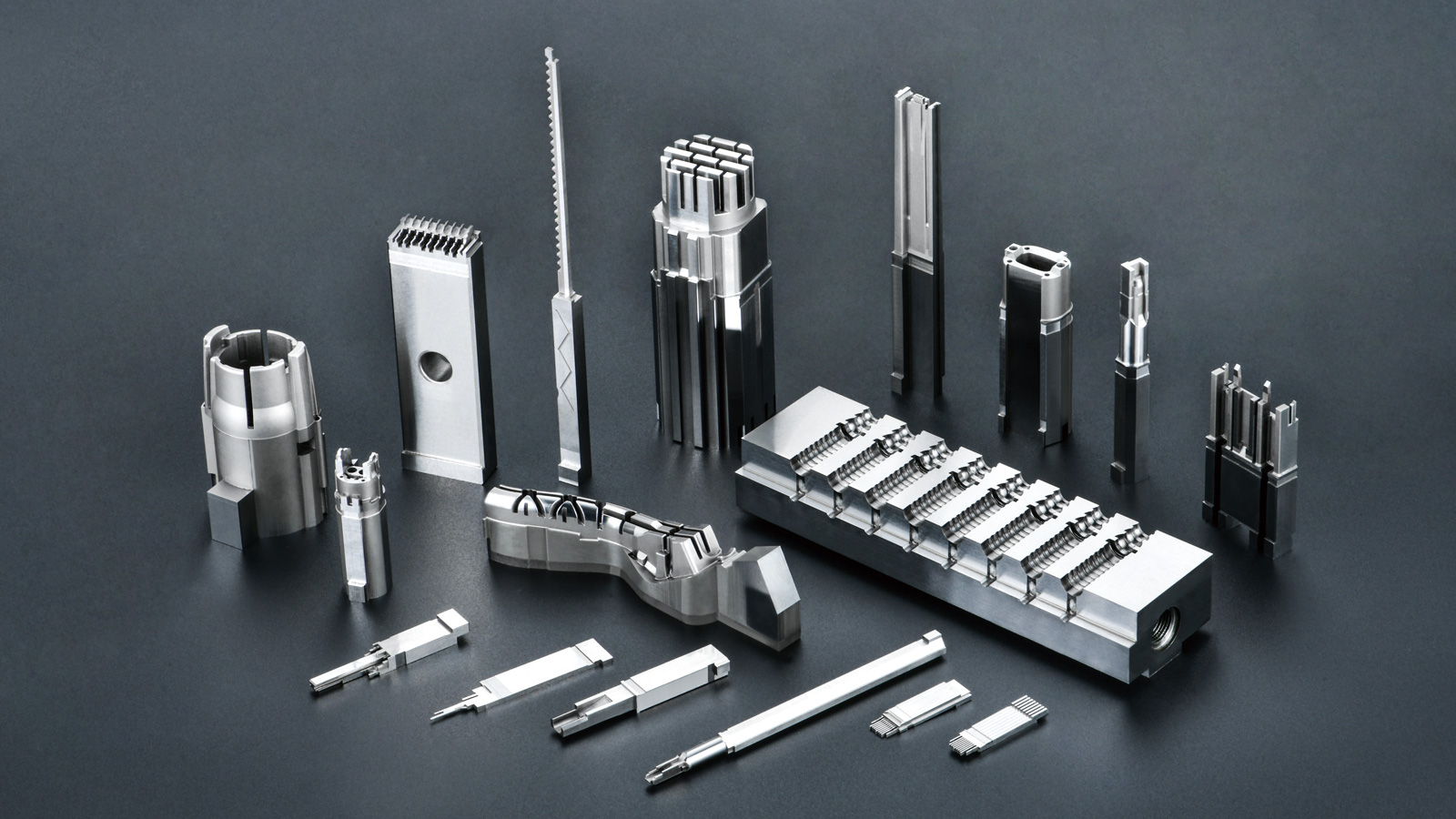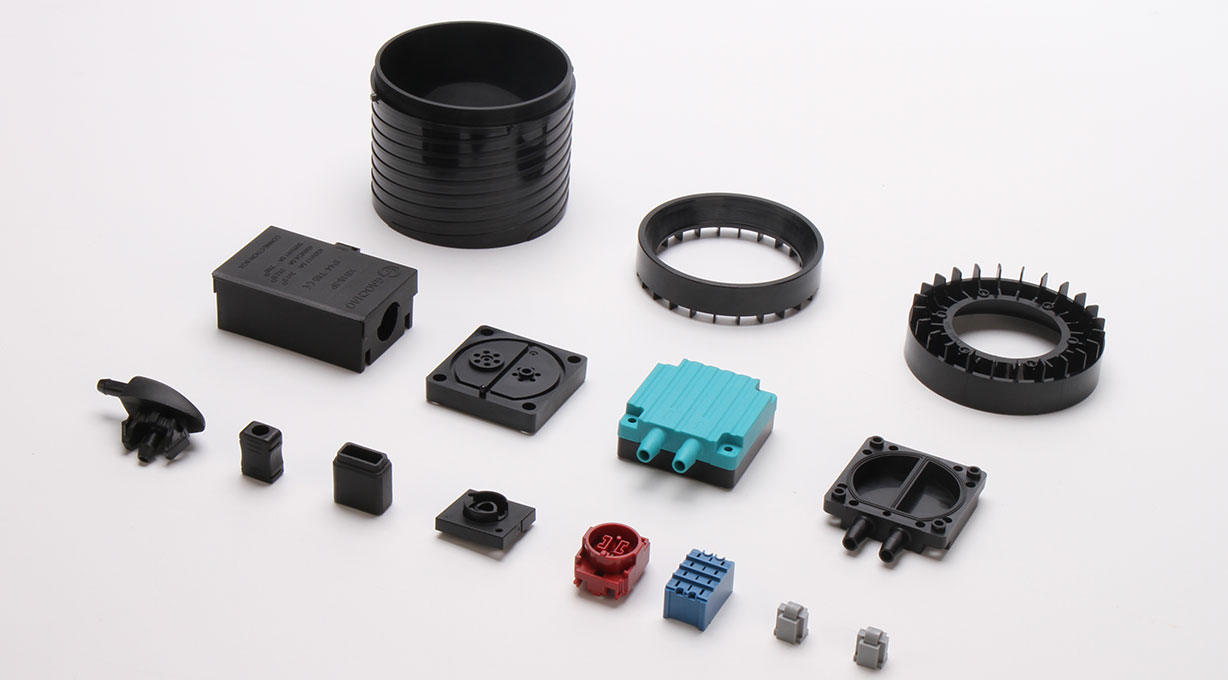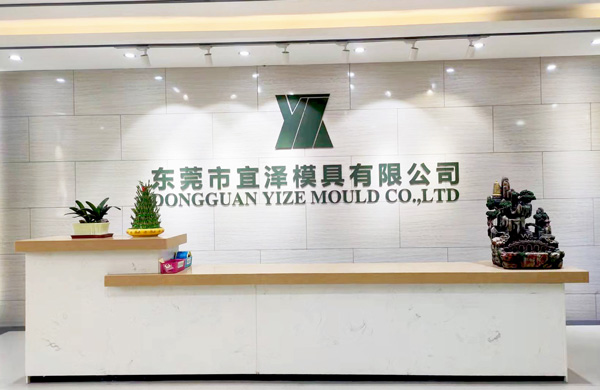I. Introduction
In the vast field of die manufacturing, the choice of die material is a crucial factor that determines the performance, service life, and production cost of the die. Tungsten carbide die and conventional die, as the two main types of dies, exhibit distinct characteristics in terms of material properties, performance, application fields, and cost maintenance. This article will delve into the differences between the two, helping you fully grasp the unique charm and advantages of tungsten carbide die and conventional die.
II. Differences in Material Properties
Tungsten carbide die, made of cemented carbide with a blend of tungsten, cobalt, carbon, and other elements, boasts exceptional hardness, wear resistance, and thermal stability. With a hardness exceeding HRA85, far surpassing that of conventional die steels, it excels in harsh environments with high pressure and friction. Additionally, Tungsten carbide die exhibits outstanding corrosion and oxidation resistance, maintaining stable performance even in high-temperature and high-humidity environments.
In contrast, conventional dies are often made of carbon steel or alloy steel, which, while inferior in hardness and wear resistance, excel in toughness and machinability. Their relatively low cost makes them suitable for mass production and applications where die performance requirements are not high.
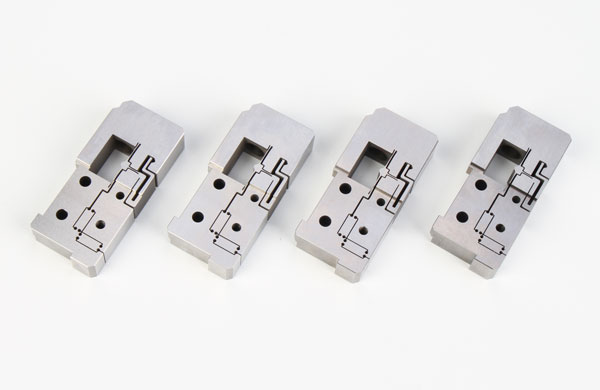
III. Comparison of Performance
-
Wear Resistance: Tungsten carbide die exhibits superior wear resistance, maintaining surface finish and dimensional accuracy during prolonged and frequent stamping and cutting processes, reducing wear and maintenance, and enhancing production efficiency. Conventional dies, however, wear more quickly and require frequent replacement or repair.
-
Hardness and Strength: With extremely high hardness, tungsten carbide die is resistant to deformation or damage and has high strength, capable of withstanding greater impact and vibration. Conventional dies, on the other hand, may not withstand extreme working conditions due to their relatively lower hardness and strength.
-
High-Temperature Performance: Tungsten carbide die exhibits excellent high-temperature performance, maintaining stable performance in high-temperature environments. This makes it ideal for hot pressing and molding processes involving plastics, rubbers, and other materials. Conventional dies, however, may soften, deform, or crack in high-temperature environments, affecting die life and product quality.
-
Corrosion Resistance: Tungsten carbide die has outstanding corrosion resistance, maintaining stable performance in acidic, alkaline, and other corrosive environments. This makes it widely applicable in industries such as chemicals and electroplating. Conventional dies, however, are susceptible to erosion and damage in corrosive environments.
IV. Application Fields
Tungsten carbide die, with its exceptional properties, is widely used in fields requiring high die performance, such as precision stamping, high-speed cutting, and plastic molding. It excels in these areas, meeting the demands for high precision and efficiency.
Conventional dies, with their relatively low cost and good machinability, are widely used in mass production and applications where die performance requirements are not high, such as simple stamping and drawing processes. They can meet basic production needs but may not be suitable for extreme working conditions.
V. Considerations on Cost and Maintenance
In terms of cost, Tungsten carbide die is typically more expensive than conventional dies due to the higher price of cemented carbide material and the greater precision and processing difficulty involved. However, considering its long service life and reduced maintenance requirements, the long-term cost may be lower than that of conventional dies.
Maintenance of tungsten carbide die is relatively simple, requiring only regular cleaning, lubrication, and inspection. Due to its good wear resistance and stability, it requires fewer repairs, and maintenance costs are relatively low. Conventional dies, however, may require more investment in replacing worn parts and repairing cracks.
VI. Conclusion
In summary, Tungsten carbide die and conventional die exhibit significant differences in material properties, performance, application fields, cost, and maintenance. Tungsten carbide die, with its high hardness, wear resistance, and thermal stability, has broad application prospects in fields requiring high die performance. Conventional dies, with their relatively low cost and good machinability, have advantages in mass production and applications where die performance requirements are not high. When selecting a die, it is important to choose the appropriate type based on specific usage requirements and production conditions.

